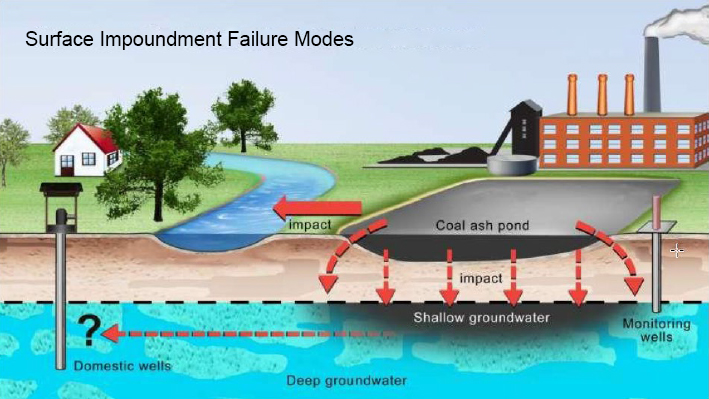

Department of Energy (DOE)
This project is working to characterize the risk of coal combustion residue surface impoundment failure with a risk indictor approach and expert elicitation. The effort is newly expanded to include community resilience in locations with legacy fossil energy waste.
Characterize the risk of coal combustion residue surface impoundment failure with a risk indictor approach and expert elicitation. Exposure to leached CCR constituents via seepage to ground and surface water through earthen containment and spilled CCR material via rapid release from impoundment failure.


Identifications of Risk Indicators
Newly expanded to include community resilience in locations with legacy fossil energy waste. Environmental Justices perspective recognizes that the benefits and costs of coal combustion are not evenly distributed. Fence line communities are disproportionately economically and socially vulnerable. White House Environmental Justice Advisory Council Interim Final Recommendations (2021) names exposure to CCR as one of the potential hazards.